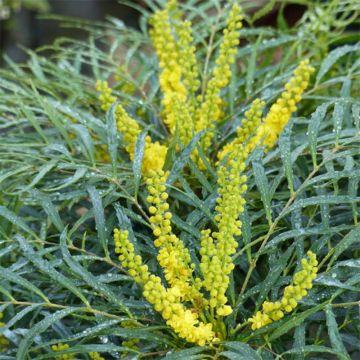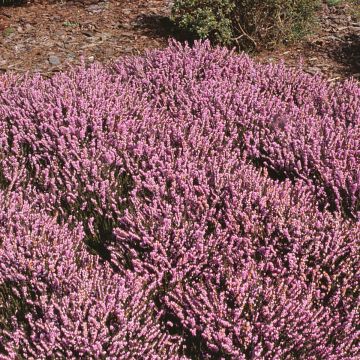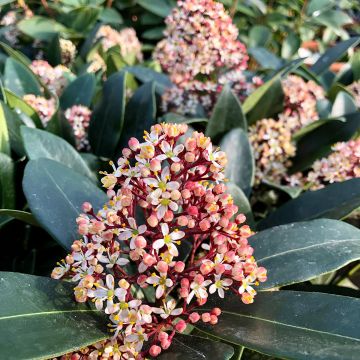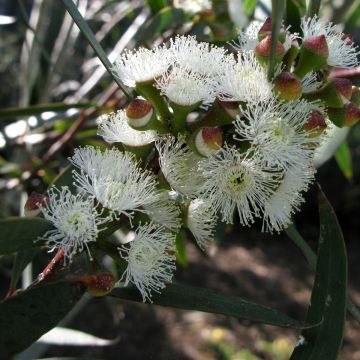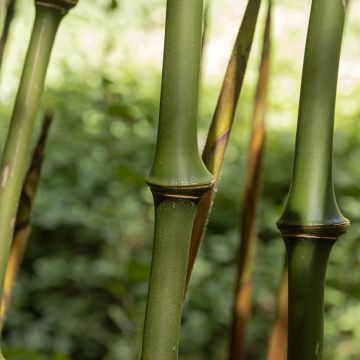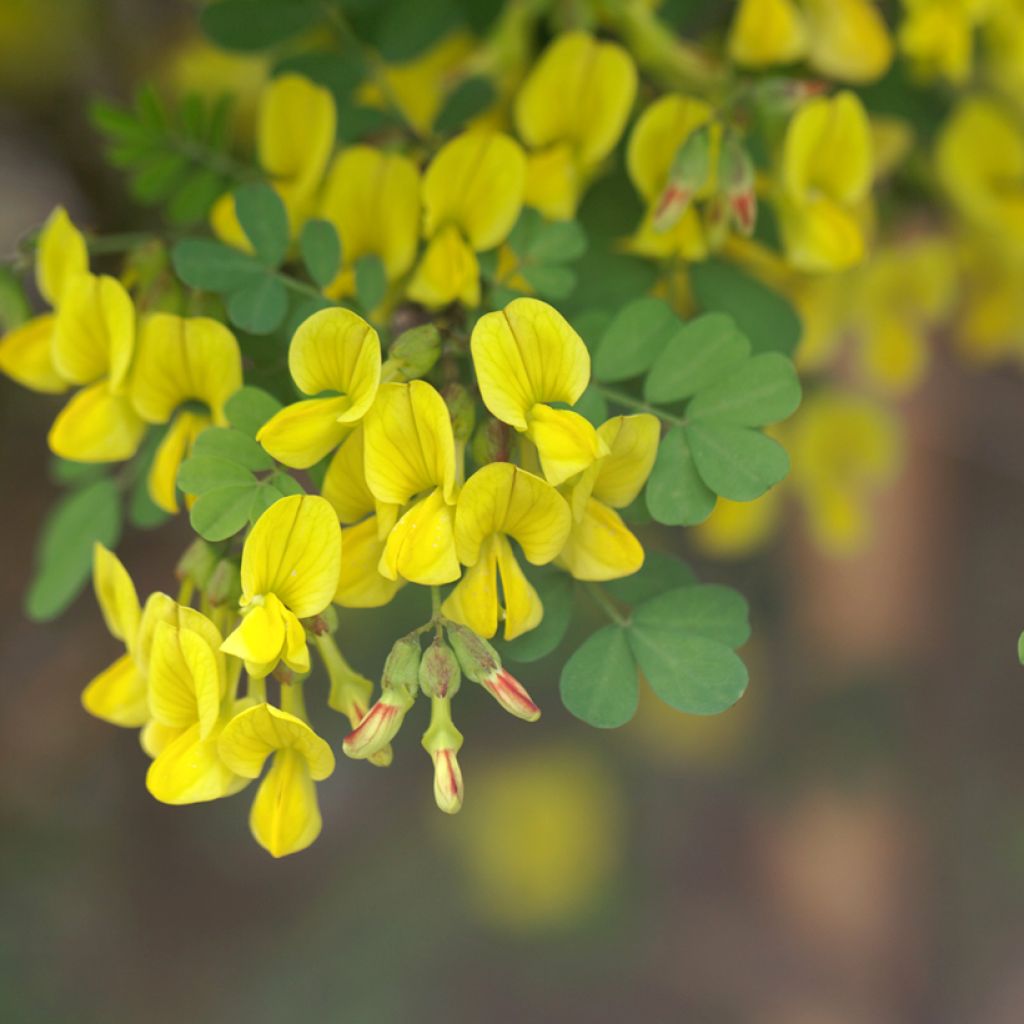

Hippocrepis emerus
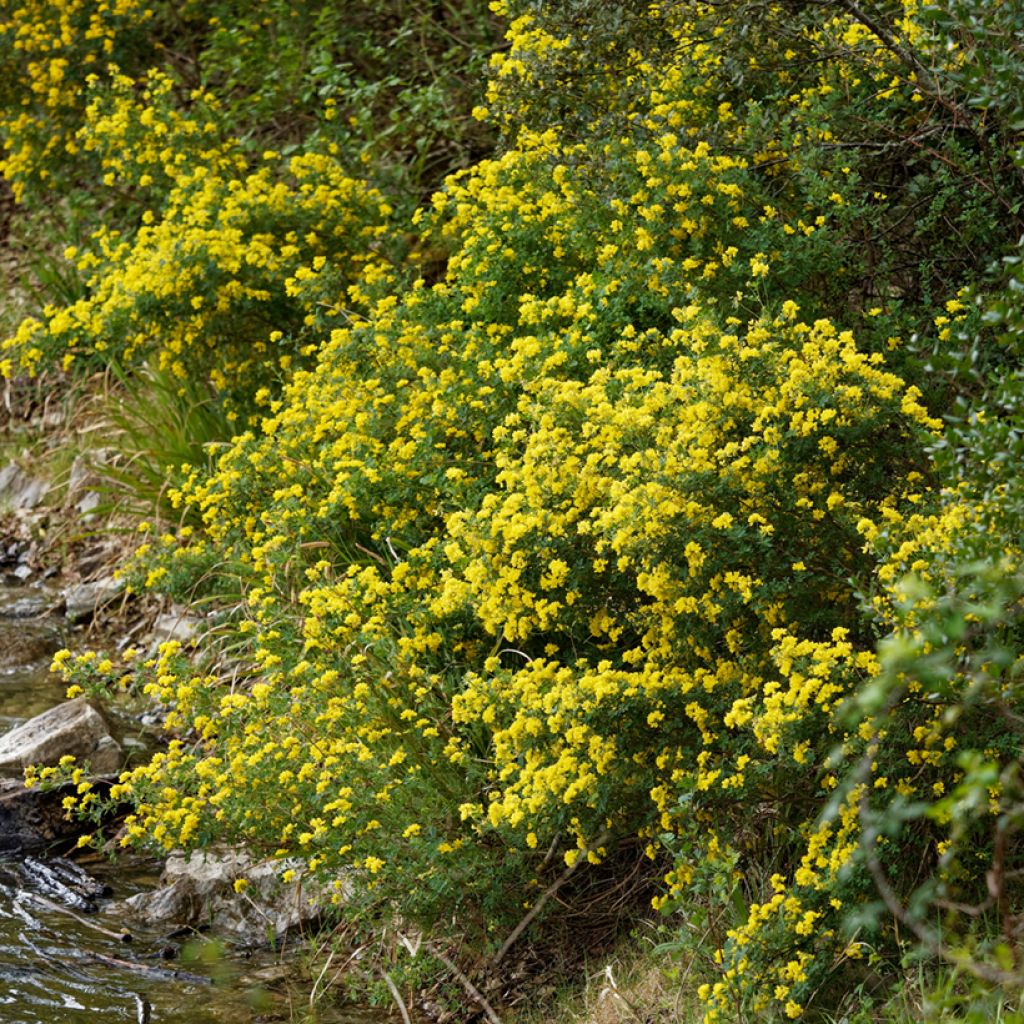

Hippocrepis emerus
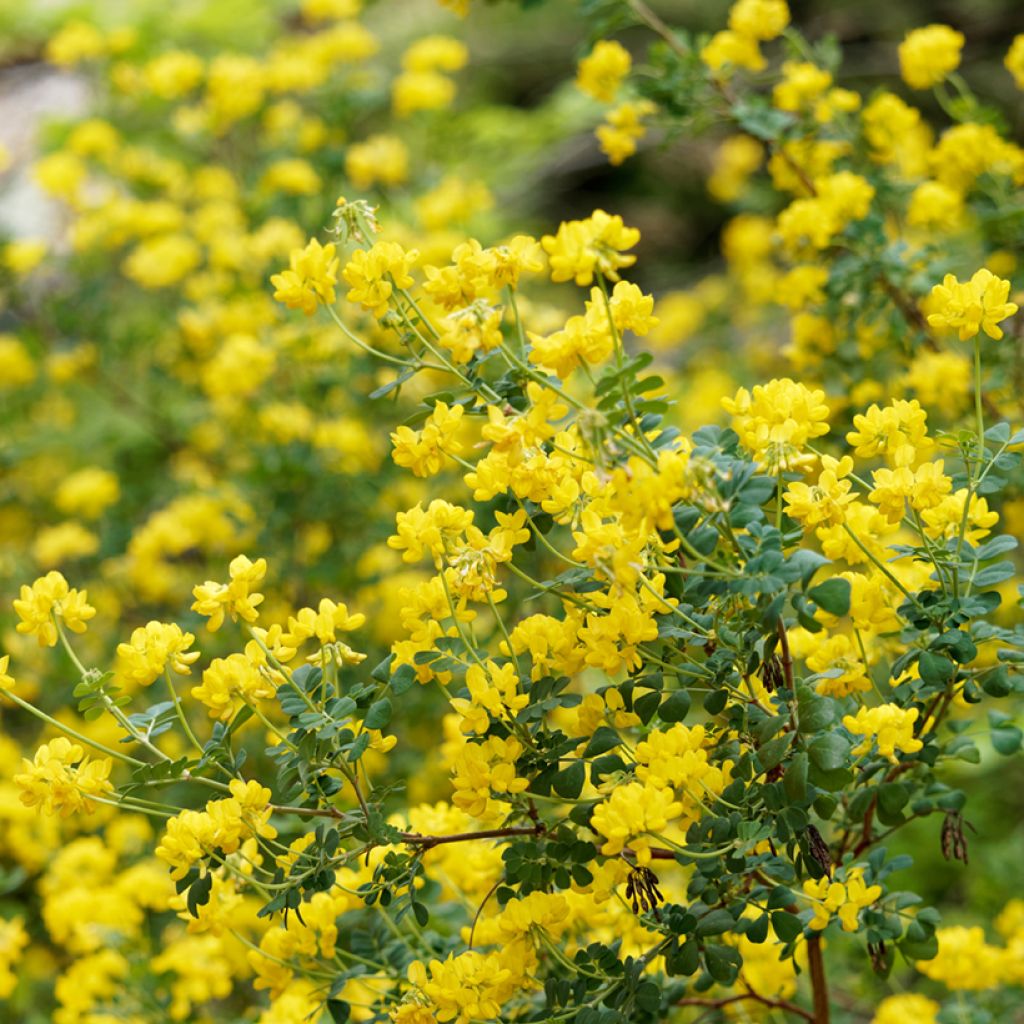

Hippocrepis emerus
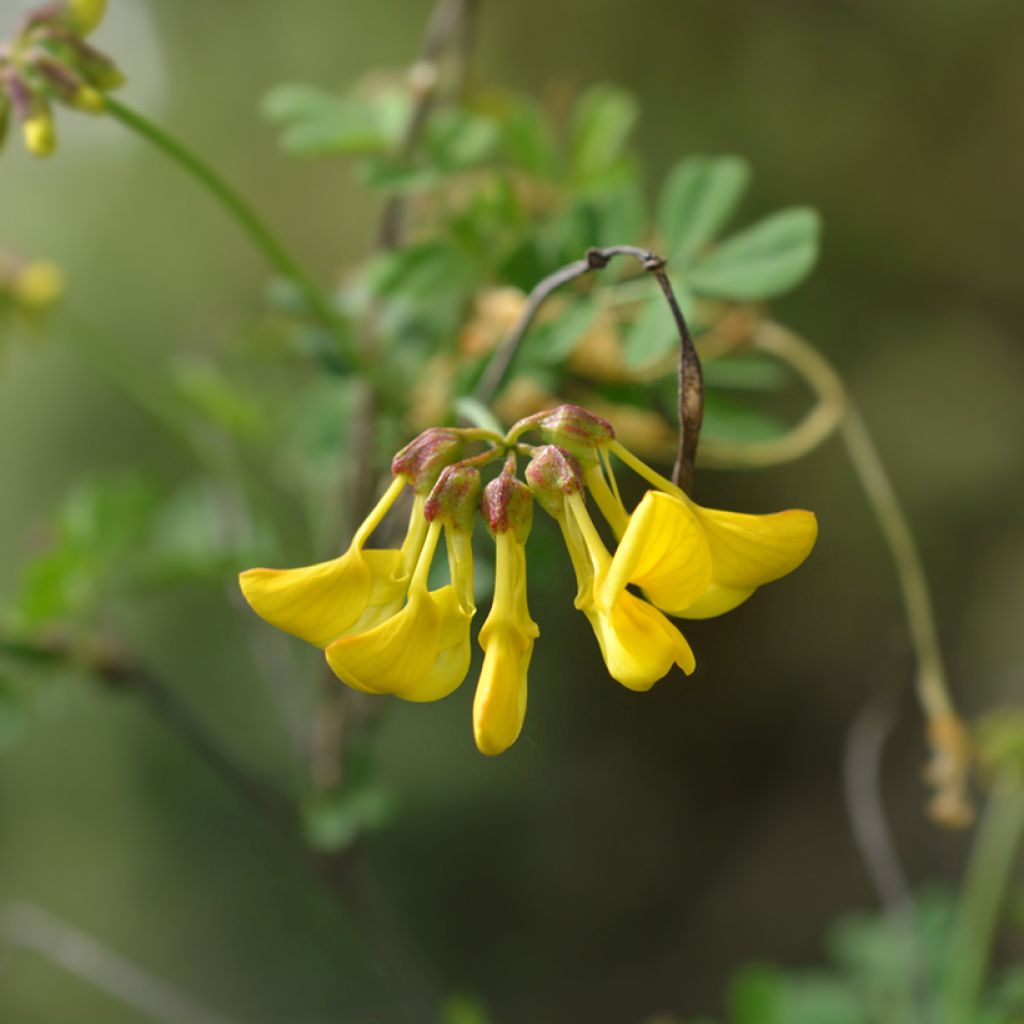

Hippocrepis emerus
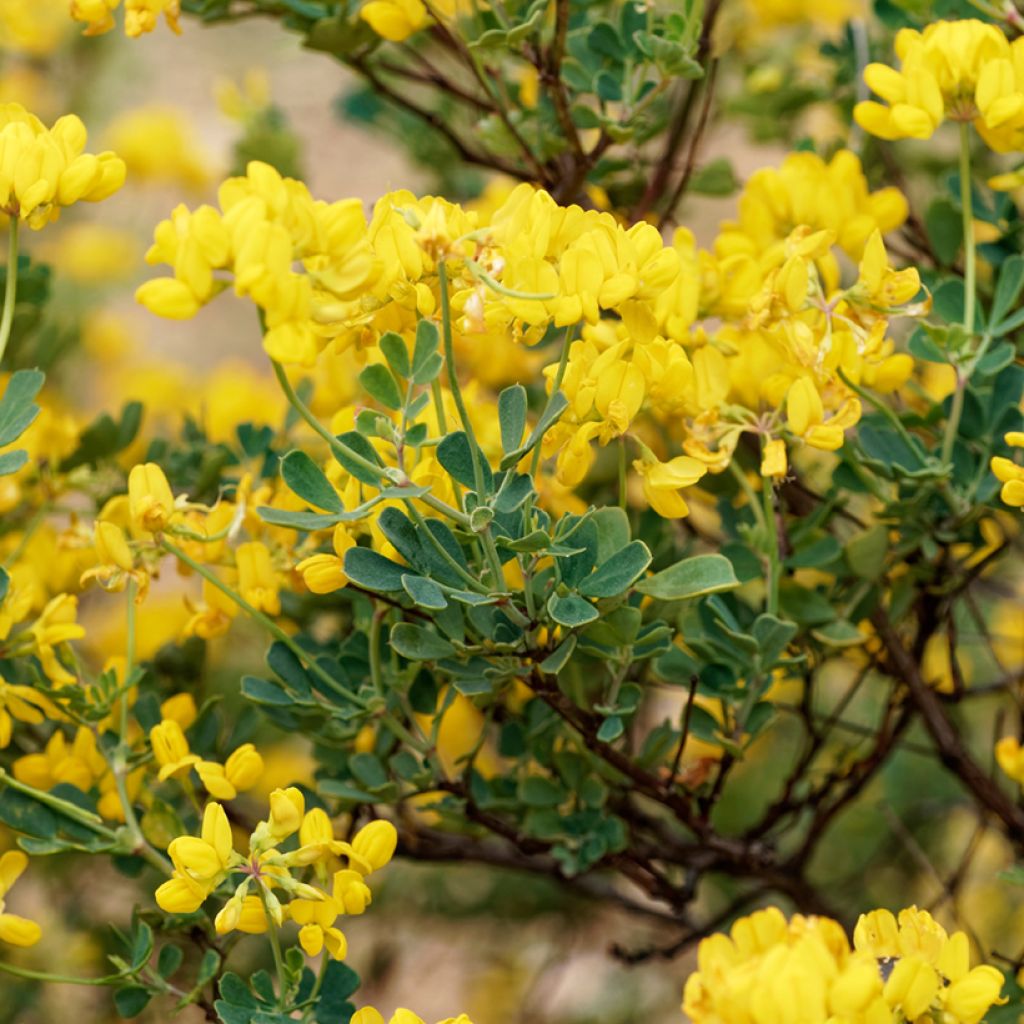

Hippocrepis emerus


Hippocrepis emerus
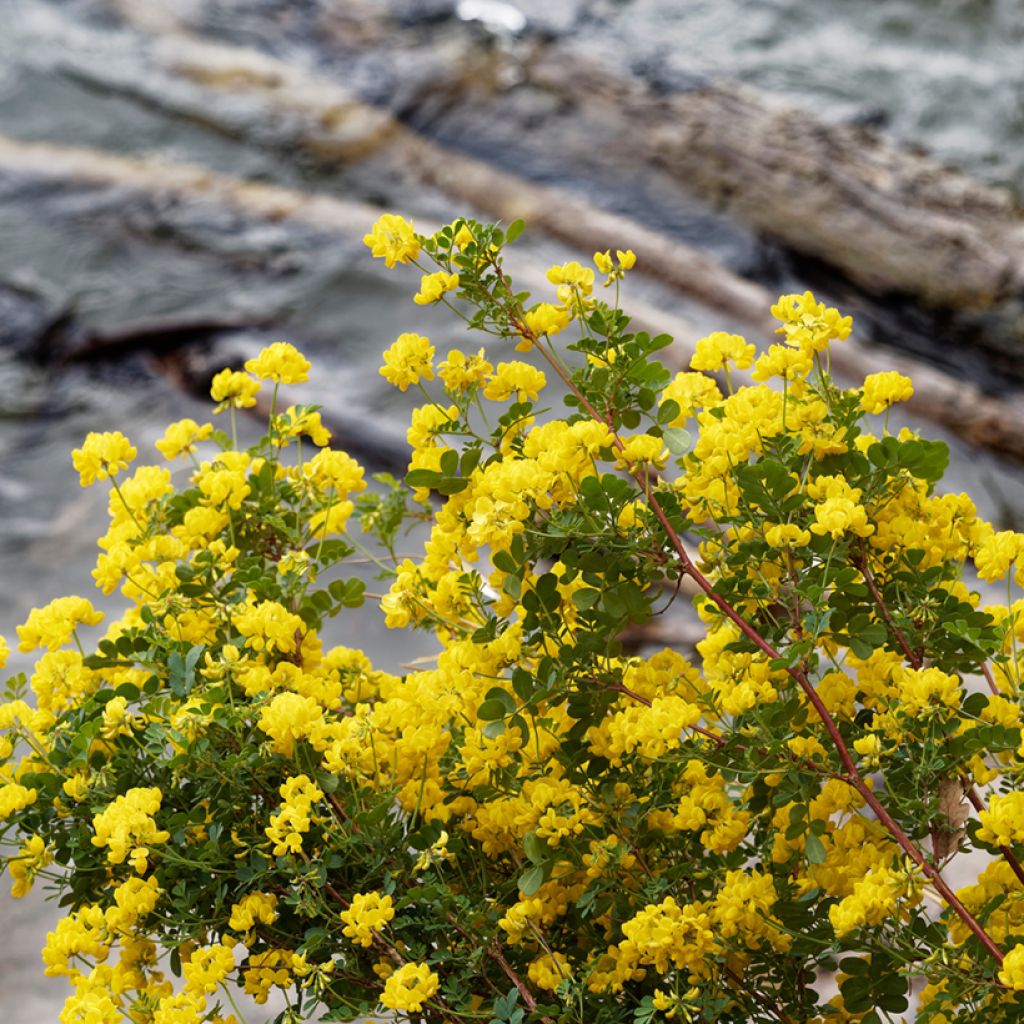

Hippocrepis emerus


Hippocrepis emerus


Hippocrepis emerus
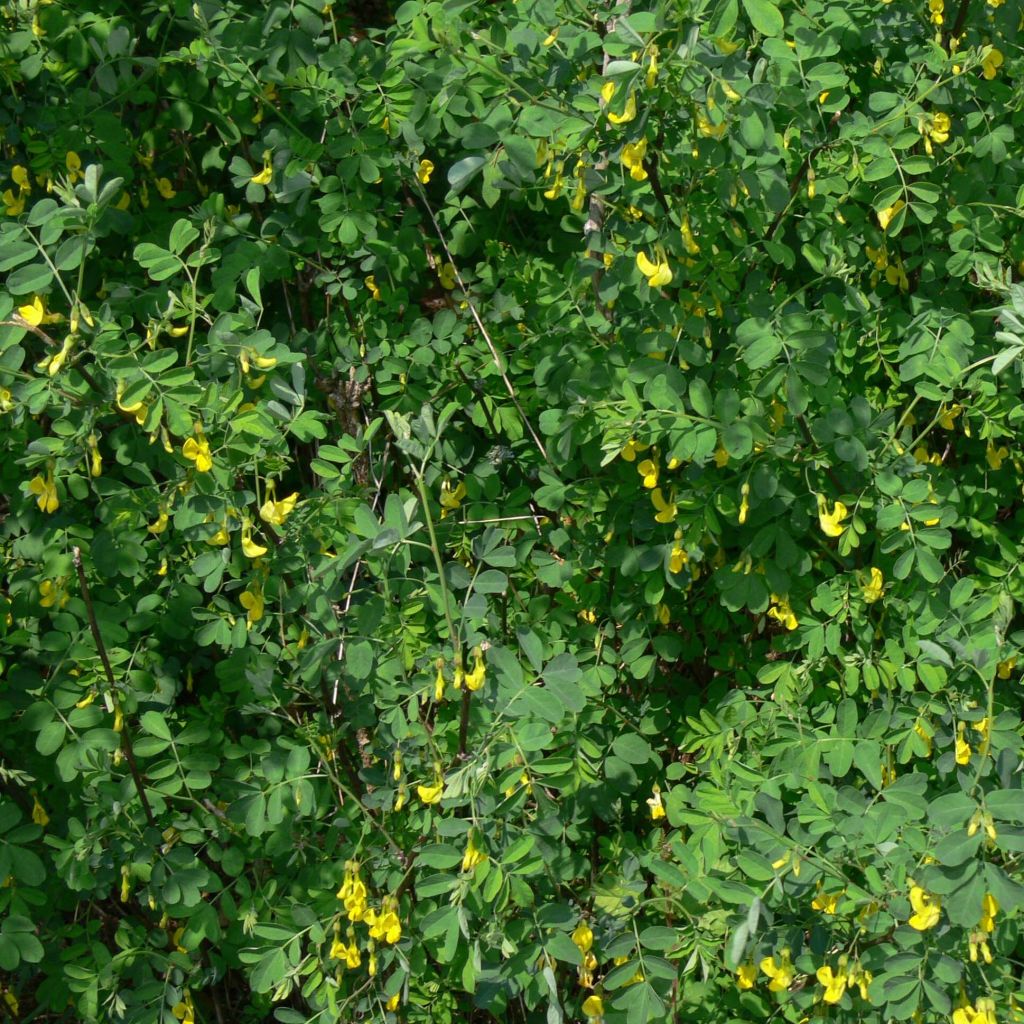

Hippocrepis emerus
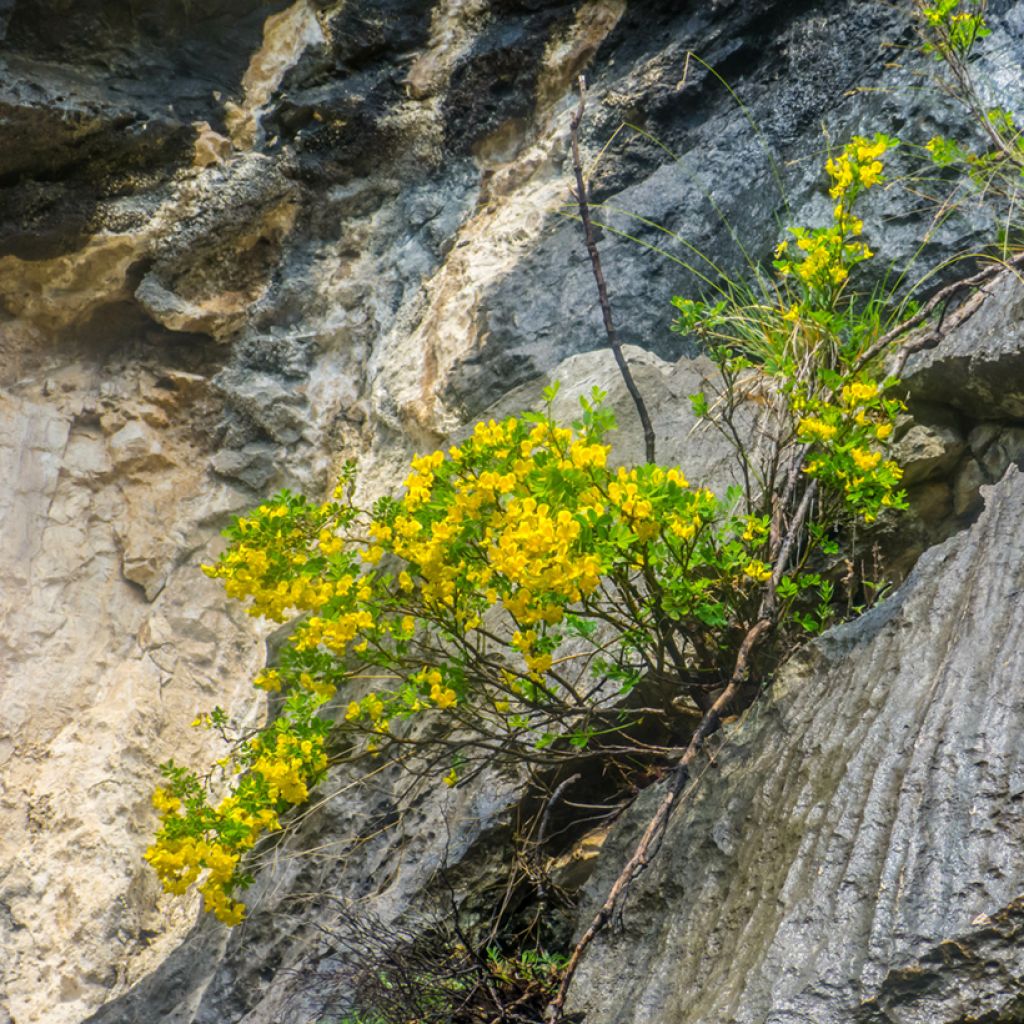

Hippocrepis emerus
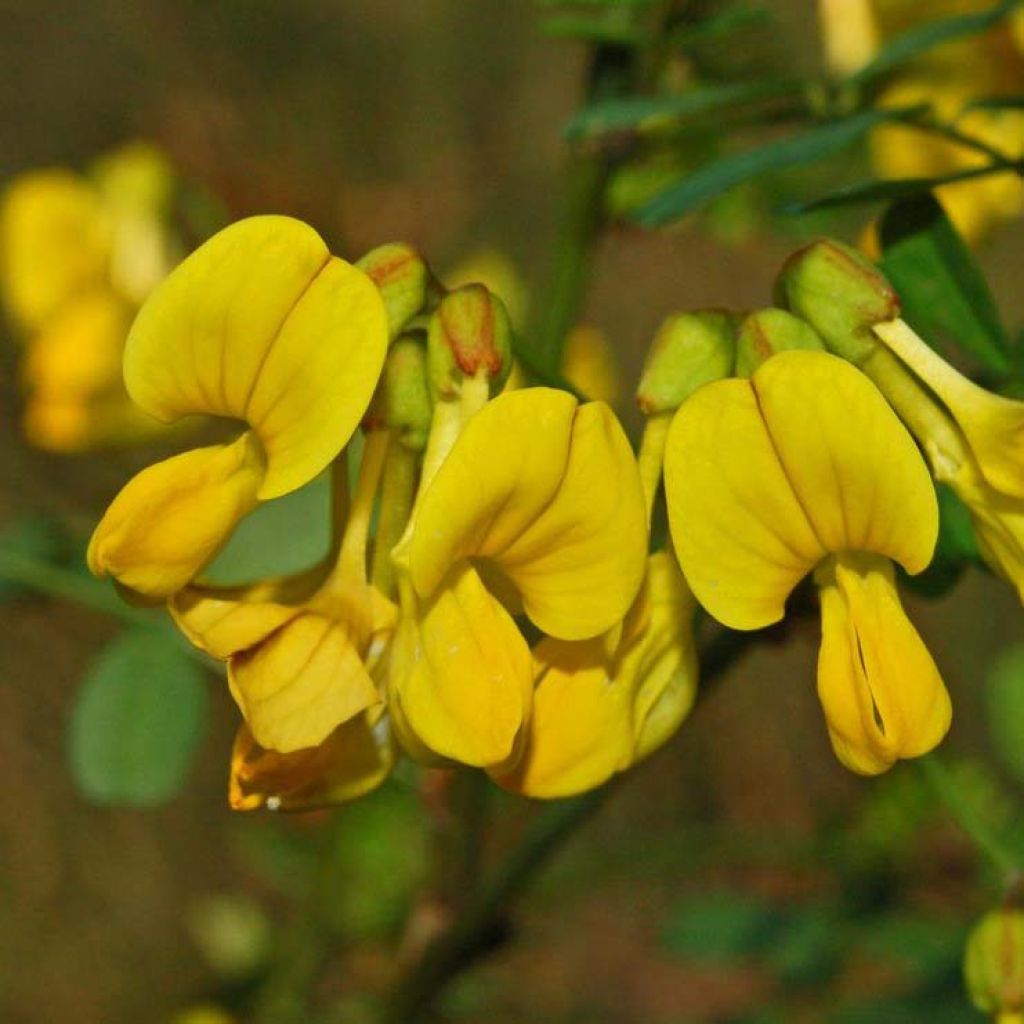

Hippocrepis emerus
Hippocrepis emerus
Hippocrepis emerus
Scorpion Senna
Struggling to recover, I even thought she was dead.
eric T., 16/05/2023
Special offer!
Receive a €20 voucher for any order over €90 (excluding delivery costs, credit notes, and plastic-free options)!
1- Add your favorite plants to your cart.
2- Once you have reached €90, confirm your order (you can even choose the delivery date!).
3- As soon as your order is shipped, you will receive an email containing your voucher code, valid for 3 months (90 days).
Your voucher is unique and can only be used once, for any order with a minimum value of €20, excluding delivery costs.
Can be combined with other current offers, non-divisible and non-refundable.
Home or relay delivery (depending on size and destination)
Schedule delivery date,
and select date in basket
This plant carries a 24 months recovery warranty
More information
We guarantee the quality of our plants for a full growing cycle, and will replace at our expense any plant that fails to recover under normal climatic and planting conditions.
Would this plant suit my garden?
Set up your Plantfit profile →
Description
Hippocrepis emerus (Coronilla emerus) is a deciduous botanical coronilla that is perfectly hardy and widespread from southern Europe to Croatia. In the garden, this remarkably resistant shrub is appreciated for its light foliage, its endless yellow, nectar-rich and fragrant flowering, and its ease of cultivation in all exposures. Perfectly adapted to poor or root-infested soils, tolerant of summer drought and resistant to pruning, this coronilla is essential in a shrub border and particularly interesting for ornamental purposes in the understory or shaded areas of the garden in hot and dry climates. This plant is perfectly suited for a wild garden, a flower garden, or a dry garden.
The Coronilla emerus is a shrub of the fabaceae family, a cousin of perennial peas, perfectly adapted to poor, rather dry, and chalky soils. It is present in the clear understory of the Mediterranean basin, occurring naturally in in woods and on shaded slopes. It is a shrub with a dense, round, and bushy habit, reaching about 1.75m (6 ft) in height and 1.50m (5 ft) in spread, sometimes less in dry and poor soil, more in fertile and moist soil. Its growth is quite rapid, but its lifespan is relatively short, around 10 to 12 years. The plant ensures its survival through self-sowing. Flowering begins in April-May and continues as long as heat and drought do not set in. The flowers are quite large, 1.5 to 2 cm (0.6 to 0.8 in) long, bright yellow, streaked with reddish-brown like those of the bladder senna (Colutea arborescens), and enclosed in a reddish calyx. They are highly nectar-rich, arranged in pairs to fours in leaf axils. Their sweet and floral fragrance perfumes a whole area of the garden. The flowering gives way to pendant fruits called siliques, 10 cm (3.9 in) long. The deciduous foliage is composed of leaves divided into 7 to 9 small ovate leaflets, bright green with a matte finish.
This attractive shrub for poor soils can be used in a yellow, blue, and white border, for example, accompanied by Gaura, blue rosemary, creeping ceanothus, caryopteris, perovskia, convolvulus cneorum, Scilla peruviana, or grape hyacinths, or on the edge of the understory or in clear understory with Phlomis samia, periwinkles, Acanthus, and Geranium macrorrhizum. It tolerates drought and is not afraid of competition from the roots of large trees such as pines or oaks; it excels where few plants are willing to grow. To accompany your coronilla in a light shade, choose undemanding shrubs like Sarcococca, bay laurel, symphoricarpos, or perennials like Algerian iris and lamiums.
Report an error about the product description
Hippocrepis emerus in pictures
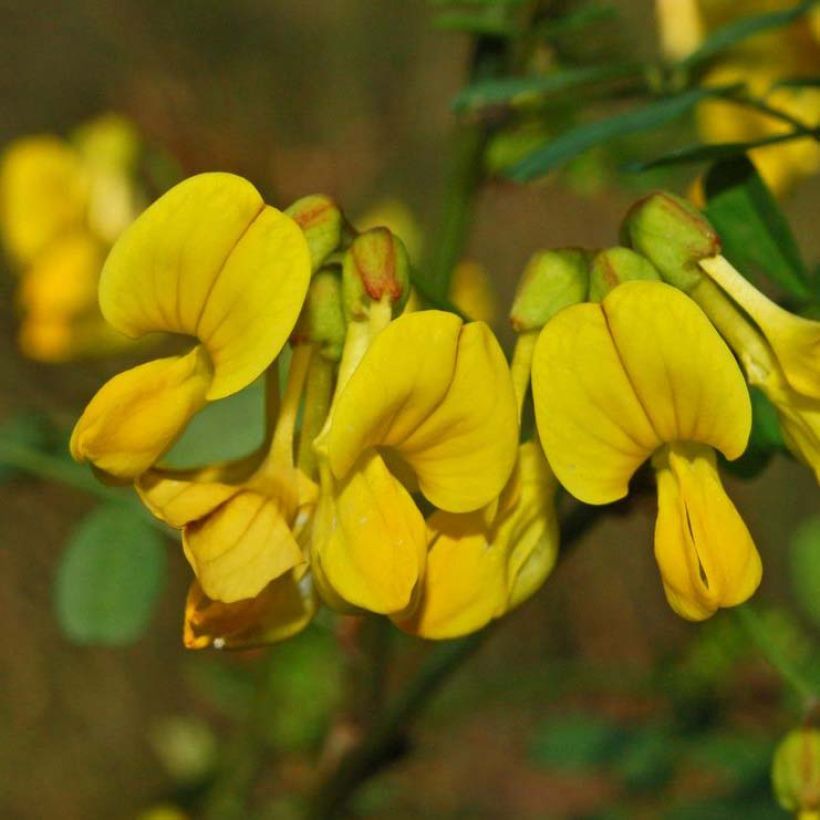

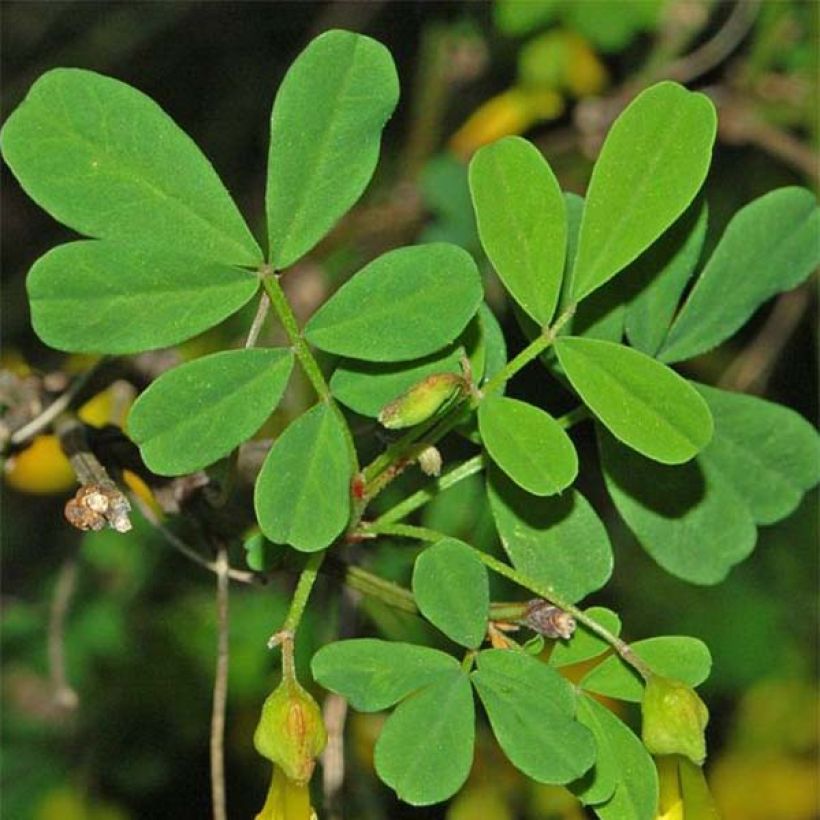

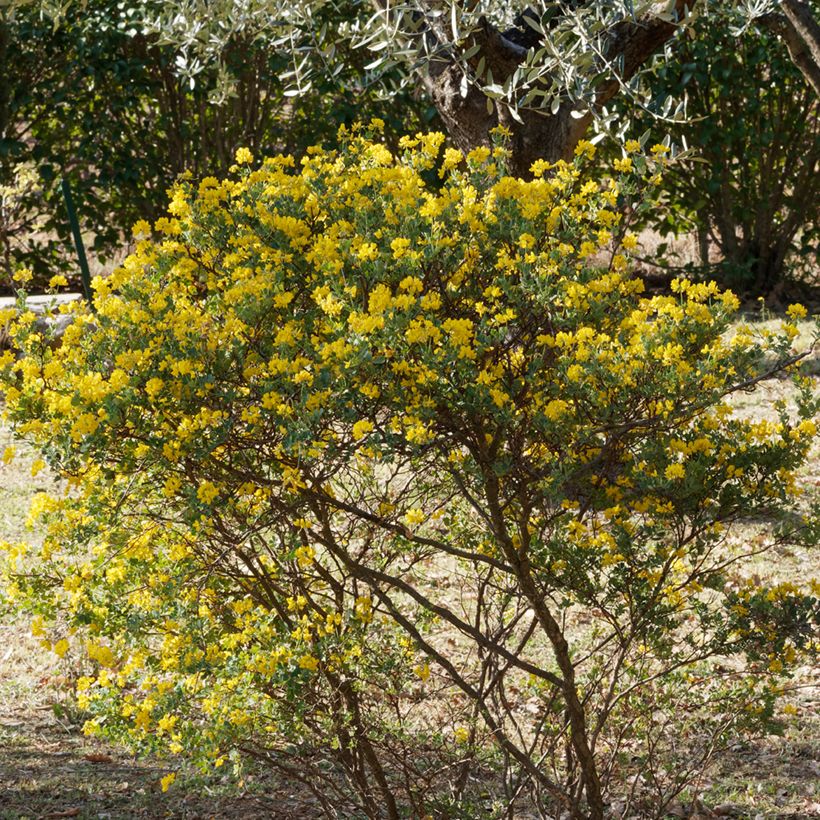

Plant habit
Flowering
Foliage
Botanical data
Hippocrepis
emerus
Fabaceae
Scorpion Senna
Mediterranean
Planting and care
Hippocrepis emerus prefers well-drained, poor, slightly acidic, neutral or even very chalky soil. Plant it in early spring in the north, and in September-October in hot and dry climates. It thrives both in the sun and in light shade or even in more pronounced shade in warm regions and tolerates the competition of the roots of old trees fairly well. It is hardy down to a minimum of -15°C and will live on average for 7 years. Once well established, this bush no longer requires watering in summer in most regions. In Mediterranean climates or in particularly hot and dry summers, one or two abundant waterings during the summer will be welcome. You can prune the stems after flowering to encourage the plant to branch out but avoid severe pruning. This short-lived plant is easy to propagate by taking stem cuttings in late winter just before they start to flower.
Planting period
Intended location
Care
-
, onOrder confirmed
Reply from on Promesse de fleurs
Similar products
Haven't found what you were looking for?
Hardiness is the lowest winter temperature a plant can endure without suffering serious damage or even dying. However, hardiness is affected by location (a sheltered area, such as a patio), protection (winter cover) and soil type (hardiness is improved by well-drained soil).

Photo Sharing Terms & Conditions
In order to encourage gardeners to interact and share their experiences, Promesse de fleurs offers various media enabling content to be uploaded onto its Site - in particular via the ‘Photo sharing’ module.
The User agrees to refrain from:
- Posting any content that is illegal, prejudicial, insulting, racist, inciteful to hatred, revisionist, contrary to public decency, that infringes on privacy or on the privacy rights of third parties, in particular the publicity rights of persons and goods, intellectual property rights, or the right to privacy.
- Submitting content on behalf of a third party;
- Impersonate the identity of a third party and/or publish any personal information about a third party;
In general, the User undertakes to refrain from any unethical behaviour.
All Content (in particular text, comments, files, images, photos, videos, creative works, etc.), which may be subject to property or intellectual property rights, image or other private rights, shall remain the property of the User, subject to the limited rights granted by the terms of the licence granted by Promesse de fleurs as stated below. Users are at liberty to publish or not to publish such Content on the Site, notably via the ‘Photo Sharing’ facility, and accept that this Content shall be made public and freely accessible, notably on the Internet.
Users further acknowledge, undertake to have ,and guarantee that they hold all necessary rights and permissions to publish such material on the Site, in particular with regard to the legislation in force pertaining to any privacy, property, intellectual property, image, or contractual rights, or rights of any other nature. By publishing such Content on the Site, Users acknowledge accepting full liability as publishers of the Content within the meaning of the law, and grant Promesse de fleurs, free of charge, an inclusive, worldwide licence for the said Content for the entire duration of its publication, including all reproduction, representation, up/downloading, displaying, performing, transmission, and storage rights.
Users also grant permission for their name to be linked to the Content and accept that this link may not always be made available.
By engaging in posting material, Users consent to their Content becoming automatically accessible on the Internet, in particular on other sites and/or blogs and/or web pages of the Promesse de fleurs site, including in particular social pages and the Promesse de fleurs catalogue.
Users may secure the removal of entrusted content free of charge by issuing a simple request via our contact form.
The flowering period indicated on our website applies to countries and regions located in USDA zone 8 (France, the United Kingdom, Ireland, the Netherlands, etc.)
It will vary according to where you live:
- In zones 9 to 10 (Italy, Spain, Greece, etc.), flowering will occur about 2 to 4 weeks earlier.
- In zones 6 to 7 (Germany, Poland, Slovenia, and lower mountainous regions), flowering will be delayed by 2 to 3 weeks.
- In zone 5 (Central Europe, Scandinavia), blooming will be delayed by 3 to 5 weeks.
In temperate climates, pruning of spring-flowering shrubs (forsythia, spireas, etc.) should be done just after flowering.
Pruning of summer-flowering shrubs (Indian Lilac, Perovskia, etc.) can be done in winter or spring.
In cold regions as well as with frost-sensitive plants, avoid pruning too early when severe frosts may still occur.
The planting period indicated on our website applies to countries and regions located in USDA zone 8 (France, United Kingdom, Ireland, Netherlands).
It will vary according to where you live:
- In Mediterranean zones (Marseille, Madrid, Milan, etc.), autumn and winter are the best planting periods.
- In continental zones (Strasbourg, Munich, Vienna, etc.), delay planting by 2 to 3 weeks in spring and bring it forward by 2 to 4 weeks in autumn.
- In mountainous regions (the Alps, Pyrenees, Carpathians, etc.), it is best to plant in late spring (May-June) or late summer (August-September).
The harvesting period indicated on our website applies to countries and regions in USDA zone 8 (France, England, Ireland, the Netherlands).
In colder areas (Scandinavia, Poland, Austria...) fruit and vegetable harvests are likely to be delayed by 3-4 weeks.
In warmer areas (Italy, Spain, Greece, etc.), harvesting will probably take place earlier, depending on weather conditions.
The sowing periods indicated on our website apply to countries and regions within USDA Zone 8 (France, UK, Ireland, Netherlands).
In colder areas (Scandinavia, Poland, Austria...), delay any outdoor sowing by 3-4 weeks, or sow under glass.
In warmer climes (Italy, Spain, Greece, etc.), bring outdoor sowing forward by a few weeks.


































